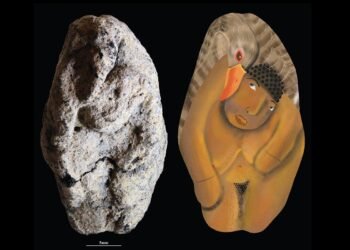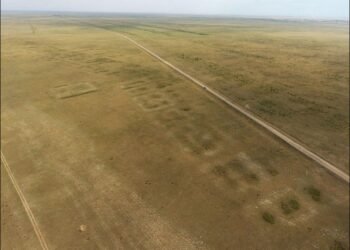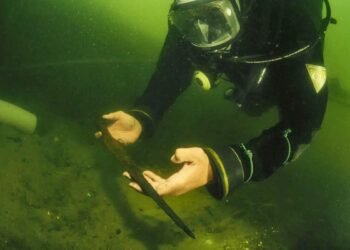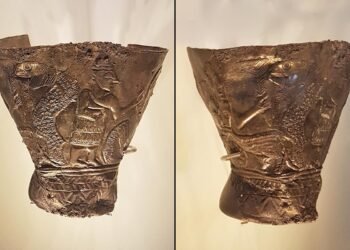A new multidisciplinary study led by the National Center for Research on Human Evolution (CENIEH), in collaboration with IPHES-CERCA and other institutes, challenges conventional assumptions about the role of scavenging in human evolution. In a study published in the Journal of Human Evolution, the researchers argue that the consumption of carrion was not a marginal or primitive survival tactic but a recurrent and necessary strategy to supplement hunting and gathering throughout human evolution.

For decades, scientists have debated whether early humans were primarily hunters or scavengers. The discovery of butchered animal bones at African sites during the 1960s gave new life to the idea of “Man the Hunter,” with the hunt for meat by active pursuit being portrayed as a defining human trait. Scavenging, on the other hand, was dismissed as a transitional or inferior activity. However, growing evidence from archaeology and ecology now paints a very different picture: all carnivorous species, including human beings, depend on scavenging to some degree.
The researchers found that scavenging offered significant evolutionary advantages. Unlike hunting, which involves time, energy, and risk, scavenging provided access to high-energy food sources with minimal effort. Under conditions of famine or environmental stress, carcasses of animals—particularly large terrestrial or marine mammals—constituted rich and reliable resources. Ecological research also shows that carrion is much more predictable than previously thought and that many scavengers, including humans, have evolved biological and behavioral adaptations to consume it safely.
Humans are anatomically and physiologically adapted to be effective scavengers, according to the study. The human stomach has a high acidity level that helps neutralize dangerous toxins and bacteria, and the later mastery of fire reduced the risk of infection even further by allowing cooking and preservation. The ability to walk long distances easily facilitated the search for carcasses over vast landscapes, and the invention of even simple stone tools allowed early humans to penetrate thick hides and obtain meat, fat, and marrow—nutrient-rich foods essential for brain development.

Language and cooperation also played a crucial role. Early humans could communicate, coordinate, and jointly exploit carcasses, even driving off predators or other scavengers. This kind of cooperation would have solidified social bonds and cognitive skills that became crucial in later stages of human evolution.
The study reshapes scavenging not as an evolutionary leftover but as a dynamic foraging process solidly rooted in human adaptability. Carrion use would have varied according to environmental conditions, technological ability, and social organization. When hunting was not possible or plant foods were not available, scavenging offered an effective alternative that ensured survival and energy balance.
Scavenging, from the perspective of optimal foraging theory, was an efficient trade-off: carcasses were unpredictable in location but yielded high energetic rewards if found. Early hominins probably hunted, gathered, and scavenged opportunistically in a flexible combination, depending on what the landscape provided.
The authors also note that scavenging behavior in humans mirrors that of most modern carnivores, and even in today’s hunter-gatherer societies, the consumption of animal remains is still part of subsistence strategies. Rather than a sign of weakness or primitiveness, scavenging depicts ecological intelligence—an ability to exploit available resources effectively and safely.
Lastly, the research concludes that scavenging was a prevailing and fundamental part of the evolutionary story that shaped our species. It was the nutritional foundation for the growth of larger brains, the driver of technological innovation, and a force for the development of cooperation and mobility. Far from being a marginal behavior, eating carrion helped make us human.
























Also, besides hunting and scavenging, stealing a fresh kill from a single predator by a band of humans should be considered.